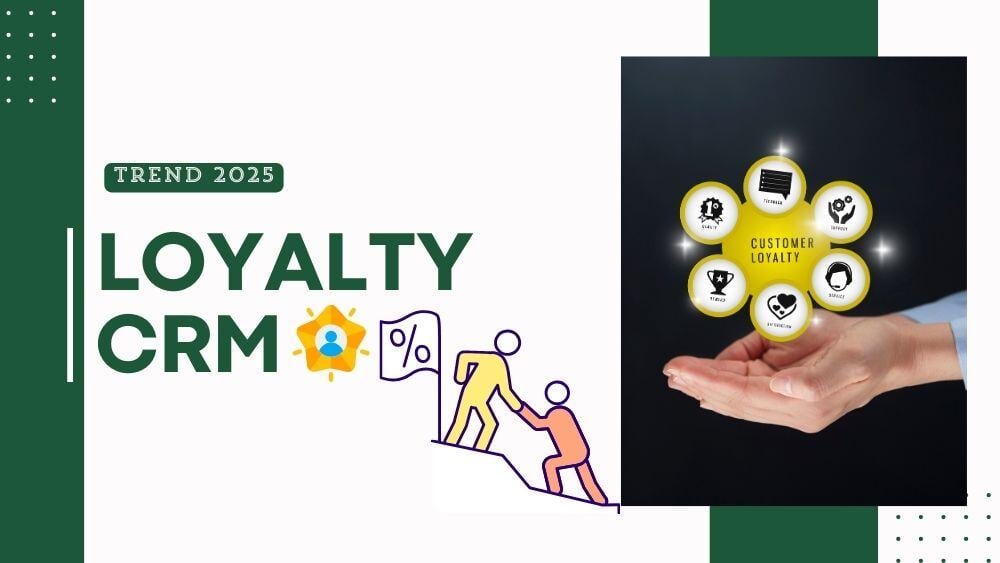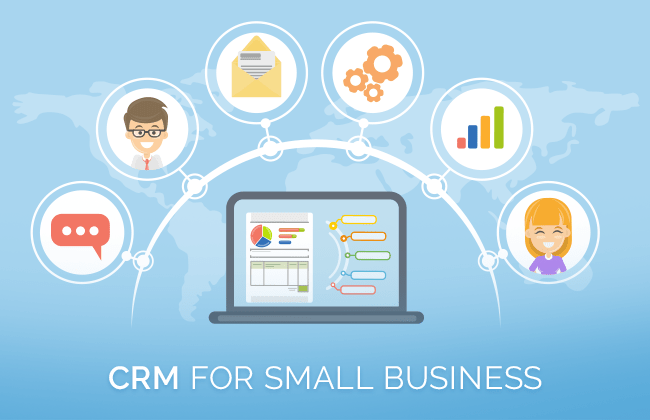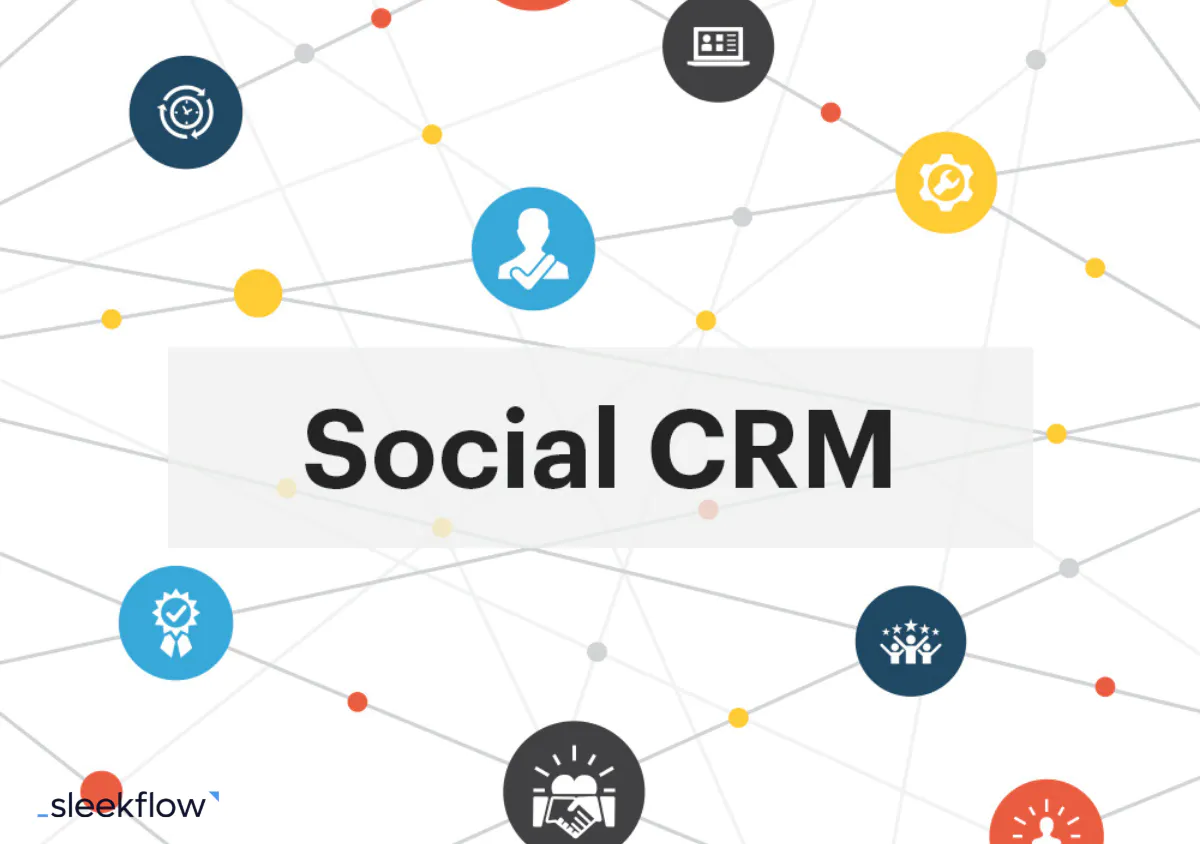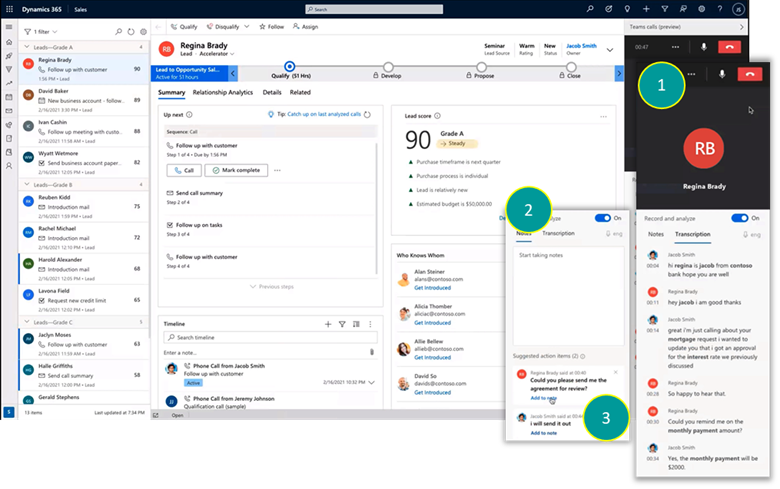Unlocking Customer Loyalty: A Comprehensive Guide to CRM, Marketing, and Rewards Programs

Unlocking Customer Loyalty: A Comprehensive Guide to CRM, Marketing, and Rewards Programs
In today’s fiercely competitive market, building and maintaining customer loyalty is not just a desirable goal; it’s a necessity for long-term success. Customers have more choices than ever before, and they are increasingly demanding personalized experiences and tangible rewards for their patronage. This is where the powerful synergy of Customer Relationship Management (CRM) systems, strategic marketing efforts, and well-designed loyalty rewards programs comes into play. This comprehensive guide will delve into the intricate relationship between these three elements, providing you with the knowledge and tools to cultivate lasting customer relationships and drive sustainable growth.
Understanding the Pillars: CRM, Marketing, and Loyalty Rewards
Before we dive into the specifics, let’s establish a clear understanding of each component and how they interrelate. This foundational knowledge is crucial for building a cohesive and effective loyalty strategy.
Customer Relationship Management (CRM)
At its core, a CRM system is a technology that helps businesses manage and analyze customer interactions and data throughout the customer lifecycle. It’s more than just a contact database; it’s a central hub for all customer-related information, including:
- Contact Information: Names, addresses, phone numbers, email addresses, and other vital details.
- Interaction History: Records of all interactions, such as emails, phone calls, meetings, and support tickets.
- Purchase History: Detailed information about past purchases, including products or services bought, dates, and amounts spent.
- Customer Preferences: Insights into customer preferences, interests, and behaviors, often gathered through surveys, website activity, and social media engagement.
- Demographic Data: Information about customer demographics, such as age, gender, location, and income.
A robust CRM system allows businesses to:
- Personalize customer interactions: Tailor communications and offers based on individual customer preferences and purchase history.
- Improve customer service: Provide faster and more efficient support by having all customer information readily available.
- Streamline sales processes: Track leads, manage opportunities, and close deals more effectively.
- Gain valuable insights: Analyze customer data to identify trends, understand customer behavior, and make data-driven decisions.
Marketing: The Engine of Engagement
Marketing encompasses all the activities a business undertakes to promote its products or services to potential customers. It’s about creating awareness, generating leads, and ultimately driving sales. Effective marketing strategies are crucial for attracting new customers and keeping existing ones engaged. Key elements of marketing include:
- Content Marketing: Creating and distributing valuable, relevant, and consistent content to attract and engage a target audience. This can include blog posts, articles, videos, infographics, and social media updates.
- Email Marketing: Sending targeted email campaigns to nurture leads, promote products, and keep customers informed.
- Social Media Marketing: Building a brand presence on social media platforms, engaging with followers, and running targeted advertising campaigns.
- Search Engine Optimization (SEO): Optimizing website content and structure to improve search engine rankings and drive organic traffic.
- Paid Advertising: Running paid advertising campaigns on platforms like Google Ads and social media to reach a wider audience.
Marketing plays a vital role in building brand awareness, generating leads, and nurturing customer relationships. It provides the channels through which you communicate with your customers, share valuable information, and promote your products or services.
Loyalty Rewards Programs: The Heart of Retention
Loyalty rewards programs are designed to incentivize repeat business and reward customers for their loyalty. They offer a variety of benefits, such as discounts, exclusive offers, free products, and early access to new products or services. A well-designed loyalty program:
- Increases customer retention: By rewarding customers for their continued patronage, loyalty programs encourage them to keep coming back.
- Drives repeat purchases: Customers are more likely to make repeat purchases when they know they can earn rewards.
- Encourages customer advocacy: Loyal customers are more likely to recommend your business to others.
- Provides valuable data: Loyalty programs can collect valuable data about customer behavior and preferences.
Common types of loyalty programs include:
- Points-based programs: Customers earn points for every purchase, which they can redeem for rewards.
- Tiered programs: Customers are assigned to different tiers based on their spending or engagement, with each tier offering increasing benefits.
- Paid programs: Customers pay a fee to join a loyalty program and receive exclusive benefits.
- Partnership programs: Businesses partner with other companies to offer joint rewards.
The Synergy: How CRM, Marketing, and Loyalty Rewards Work Together
The true power of these three elements lies in their synergistic relationship. When CRM, marketing, and loyalty rewards programs are integrated effectively, they create a powerful engine for customer engagement, retention, and growth. Here’s how they work together:
- CRM as the Foundation: The CRM system serves as the central repository for all customer data. It provides the foundation for personalized marketing efforts and targeted loyalty rewards.
- Marketing Drives Engagement: Marketing campaigns are used to attract new customers, nurture leads, and promote the loyalty program. Marketing efforts drive traffic to the program and encourage enrollment.
- Loyalty Rewards Incentivize Behavior: The loyalty program rewards customers for their purchases and engagement, encouraging them to return and spend more.
- CRM Fuels Personalization: The CRM system allows you to personalize marketing communications and tailor loyalty rewards based on individual customer preferences and purchase history.
- Marketing Amplifies the Message: Marketing channels are used to promote the rewards program, communicate special offers, and keep customers engaged.
- Loyalty Program Provides Data for CRM: The loyalty program generates valuable data about customer behavior, which can be used to improve marketing efforts and further personalize the customer experience.
This interconnected system creates a virtuous cycle of customer engagement, retention, and growth. By leveraging the strengths of each element, businesses can build stronger customer relationships and achieve sustainable success.
Building a Successful Loyalty Rewards Program: Best Practices
Creating a successful loyalty rewards program requires careful planning and execution. Here are some best practices to consider:
- Define Your Goals: What do you hope to achieve with your loyalty program? Increase sales? Improve customer retention? Drive repeat purchases? Clearly define your goals to guide your program design.
- Know Your Customers: Understand your target audience and their preferences. What types of rewards will they find appealing? What motivates them to make repeat purchases?
- Choose the Right Program Structure: Select a program structure that aligns with your goals and customer preferences. Consider points-based, tiered, or other program formats.
- Offer Valuable Rewards: Make sure your rewards are desirable and relevant to your customers. Consider offering discounts, exclusive offers, free products, and other perks.
- Make it Easy to Join and Use: The enrollment process should be simple and straightforward. The program should be easy to understand and use.
- Promote Your Program: Make sure your customers know about your loyalty program. Promote it through your website, email marketing, social media, and in-store signage.
- Personalize the Experience: Use your CRM data to personalize the rewards experience. Offer tailored rewards based on individual customer preferences and purchase history.
- Track and Analyze Results: Monitor the performance of your loyalty program and make adjustments as needed. Track key metrics such as enrollment rates, redemption rates, and customer lifetime value.
- Provide Excellent Customer Service: Ensure that your customers have a positive experience with your loyalty program. Provide prompt and helpful customer service.
- Continuously Innovate: Don’t be afraid to experiment and innovate. Regularly review your program and make changes to keep it fresh and engaging.
Integrating CRM and Marketing for Enhanced Loyalty
The integration of CRM and marketing is crucial for creating a seamless and personalized customer experience. Here’s how to effectively integrate these two elements:
- Data Synchronization: Ensure that your CRM and marketing automation platforms are synchronized. This allows data to flow seamlessly between the two systems.
- Segmentation: Use your CRM data to segment your customer base based on demographics, purchase history, and behavior.
- Personalized Email Marketing: Send targeted email campaigns based on customer segmentation. Use personalized content and offers to increase engagement.
- Behavioral Triggers: Set up automated email triggers based on customer behavior, such as abandoned cart emails or welcome emails for new customers.
- Lead Nurturing: Use marketing automation to nurture leads through the sales funnel. Provide valuable content and offers to move leads closer to a purchase.
- Cross-Channel Marketing: Use CRM data to personalize marketing across multiple channels, including email, social media, and website.
- Reporting and Analytics: Track the performance of your marketing campaigns and use the data to improve your strategies.
By integrating CRM and marketing, you can create a more personalized and engaging customer experience, leading to increased loyalty and sales.
Leveraging CRM Data for Targeted Loyalty Rewards
CRM data provides the key to creating a truly personalized loyalty rewards program. Here’s how to leverage your CRM data to enhance your loyalty program:
- Purchase History Analysis: Analyze customer purchase history to identify their favorite products, spending habits, and preferred brands. Use this information to offer targeted rewards and promotions.
- Segmentation Based on Value: Segment your customers based on their lifetime value. Offer higher-value rewards to your most valuable customers.
- Personalized Recommendations: Use CRM data to provide personalized product recommendations based on customer purchase history and preferences.
- Birthday Rewards: Offer birthday rewards to show customers that you care and make them feel special.
- Anniversary Rewards: Reward customers for their loyalty by offering special promotions on the anniversary of their first purchase or enrollment in the loyalty program.
- Exclusive Access: Offer exclusive access to new products, sales, and events to your most loyal customers.
- Feedback Collection: Use your CRM to collect customer feedback and use it to improve your products and services.
By using CRM data to personalize your loyalty rewards program, you can create a more engaging and rewarding experience for your customers, leading to increased loyalty and sales.
Choosing the Right CRM and Marketing Tools
Selecting the right CRM and marketing tools is essential for building a successful loyalty program. Here are some factors to consider:
- Features and Functionality: Does the tool offer the features and functionality you need to manage your customer data, automate your marketing campaigns, and run your loyalty program?
- Scalability: Can the tool scale to accommodate your growing business?
- Integration: Does the tool integrate with your existing systems, such as your website, e-commerce platform, and payment gateway?
- Ease of Use: Is the tool user-friendly and easy to learn?
- Pricing: Does the tool fit within your budget?
- Customer Support: Does the vendor offer good customer support?
Popular CRM platforms include:
- Salesforce
- HubSpot
- Zoho CRM
- Microsoft Dynamics 365
- Pipedrive
Popular marketing automation platforms include:
- HubSpot
- Marketo
- Pardot
- ActiveCampaign
- Mailchimp
When selecting a loyalty program platform, consider the following:
- Integration with your CRM and marketing automation platform
- Customization options
- Reporting and analytics capabilities
- Ease of use
- Mobile app functionality (if needed)
Measuring the Success of Your Loyalty Program
It’s crucial to track the performance of your loyalty program to determine its effectiveness and make data-driven improvements. Here are some key metrics to monitor:
- Enrollment Rate: The percentage of customers who enroll in your loyalty program.
- Redemption Rate: The percentage of loyalty points or rewards that are redeemed.
- Repeat Purchase Rate: The percentage of customers who make repeat purchases.
- Average Order Value (AOV): The average amount spent per order.
- Customer Lifetime Value (CLTV): The predicted revenue a customer will generate over their lifetime.
- Customer Retention Rate: The percentage of customers who remain customers over a specific period.
- Customer Satisfaction (CSAT) Score: A measure of customer satisfaction with your products or services.
- Net Promoter Score (NPS): A measure of customer loyalty and willingness to recommend your business.
By tracking these metrics, you can assess the impact of your loyalty program and identify areas for improvement. Use the data to refine your program design, personalize your rewards, and optimize your marketing efforts.
Challenges and Solutions
While the combination of CRM, marketing, and loyalty rewards programs offers immense potential, businesses may encounter certain challenges. Here are some common hurdles and potential solutions:
- Data Silos: If your CRM, marketing automation, and loyalty program platforms are not integrated, data can become siloed, making it difficult to get a complete view of the customer. Solution: Choose platforms that integrate seamlessly or utilize middleware to connect them.
- Lack of Personalization: Failing to personalize the customer experience can make your loyalty program feel generic and less engaging. Solution: Leverage CRM data to segment your audience and tailor rewards and communications.
- Poor Program Design: A poorly designed loyalty program may not resonate with your target audience and fail to drive desired behaviors. Solution: Research your target audience, define clear goals, and offer valuable rewards.
- Low Enrollment Rates: If customers are unaware of your loyalty program or find it difficult to join, enrollment rates may suffer. Solution: Promote your program through multiple channels, make enrollment easy, and offer attractive incentives for joining.
- Difficulty Measuring ROI: It can be challenging to measure the return on investment (ROI) of your loyalty program. Solution: Track key metrics like enrollment rates, redemption rates, repeat purchase rates, and customer lifetime value to assess the program’s effectiveness.
The Future of Customer Loyalty: Trends to Watch
The landscape of customer loyalty is constantly evolving. Here are some trends to keep an eye on:
- Personalization at Scale: The ability to personalize the customer experience at scale, leveraging data and AI to deliver hyper-personalized rewards and communications.
- Gamification: Incorporating game mechanics, such as points, badges, and leaderboards, to make loyalty programs more engaging and fun.
- Experiential Rewards: Offering rewards that provide unique experiences, such as exclusive events, travel opportunities, or access to exclusive content.
- Mobile-First Loyalty: Focusing on mobile-optimized loyalty programs, with mobile apps and seamless integration with mobile wallets.
- Artificial Intelligence (AI): Using AI to analyze customer data, predict behavior, and personalize the customer experience.
- Sustainability and Social Responsibility: Aligning loyalty programs with sustainability initiatives and social causes to appeal to environmentally and socially conscious consumers.
By staying informed about these trends, businesses can adapt their loyalty strategies to meet the evolving needs and expectations of their customers.
Conclusion: Cultivating Lasting Customer Relationships
In conclusion, the synergy of CRM, marketing, and loyalty rewards programs provides a powerful framework for building lasting customer relationships and driving sustainable growth. By leveraging the strengths of each element, businesses can create a personalized, engaging, and rewarding experience that keeps customers coming back for more. Remember to prioritize data-driven decision-making, continuously refine your strategies, and embrace the evolving landscape of customer loyalty to stay ahead of the competition. By focusing on the customer and providing exceptional value, you can unlock the true potential of your business and cultivate a loyal customer base that will drive long-term success.



